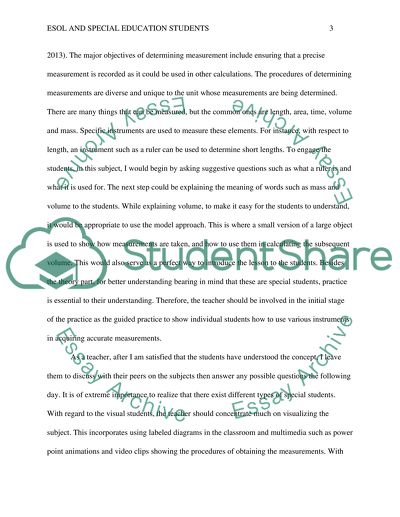Cite this document
(“Assignment Example | Topics and Well Written Essays - 1500 words - 1”, n.d.)
Retrieved from https://studentshare.org/education/1474408-assignment
Retrieved from https://studentshare.org/education/1474408-assignment
(Assignment Example | Topics and Well Written Essays - 1500 Words - 1)
https://studentshare.org/education/1474408-assignment.
https://studentshare.org/education/1474408-assignment.
“Assignment Example | Topics and Well Written Essays - 1500 Words - 1”, n.d. https://studentshare.org/education/1474408-assignment.


